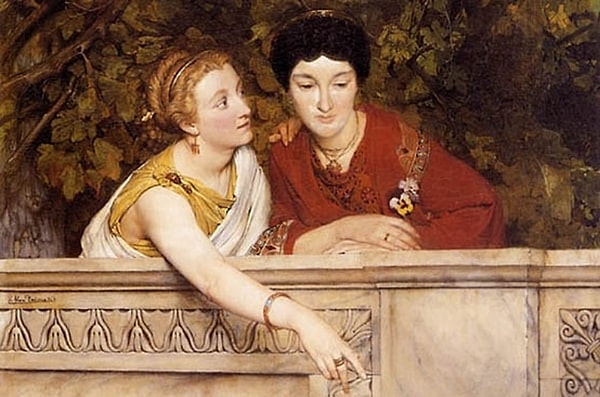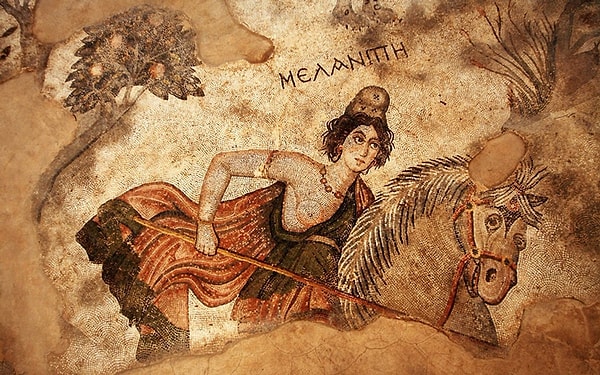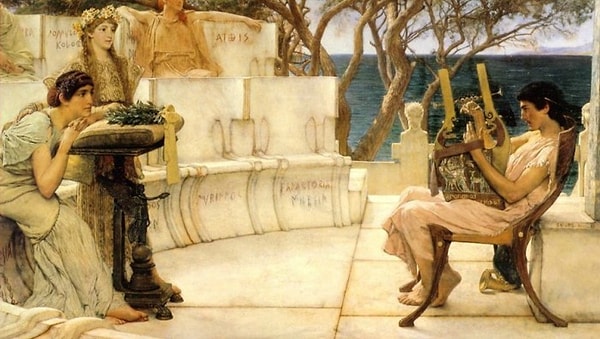The Untold Truth About Women in Ancient Civilizations You Won't Learn in School
While women today still fight for equal rights in many parts of the world, life for women in ancient civilizations was far from easy. But did you know their roles in society were much more complex and diverse than history books tell us? We’ve all read about wars, victories, and defeats, but what about the hidden history of women? 🌿💫 Let’s uncover the fascinating, untold stories of powerful women who shaped ancient societies in ways you’ve never imagined.
All women had to work.

Life for Roman women was not easy, especially for those from lower classes, who were forced into slavery and had to work as farmers or servants. Wealthier women, on the other hand, were expected to work within the home. In the cities, women were trusted to work in professions like midwifery, wet-nursing, hairdressing, and waitressing.
During menstruation, women used sheep wool and cotton.

In Ancient Rome, women stayed at home during their menstruation. They used sheep wool, cotton, and cloth pieces, and they also wore a special type of clothing for their menstrual periods.
If a woman stayed away from her husband's home for three days, it was considered a divorce.

There were three types of marriage in Rome: Confarreatio, coemptio, and usus. Usus meant that after living with her husband for a year, a woman would legally become his wife. However, if during this period, she stayed away from her husband's home for three consecutive days, it was considered a divorce.
Women did not have first names; they only carried their family name. For example, those from the Cornelius family were named Cornelia.

If a family had multiple daughters, the third-born might be given a name like Tertia to indicate their birth order. Occasionally, names like 'Vipsania, daughter of Vipsanius' were used. Over time, naming conventions evolved. Later on, daughters were given two-part names, combining their father's surname with the name of their birthplace. In subsequent years, women were often named after their mothers or other female relatives.
Breastfeeding was not considered a mother's duty.

Wealthy Roman women rarely breastfed their children. Newborns were given to wet nurses.
While men could have both a wife and a lover, this situation was considered 'adultery' for women.

It was quite normal and expected for men to have both a wife and a lover. However, the same behavior in women could lead to legal penalties!
Keşfet ile ziyaret ettiğin tüm kategorileri tek akışta gör!


Send Comment